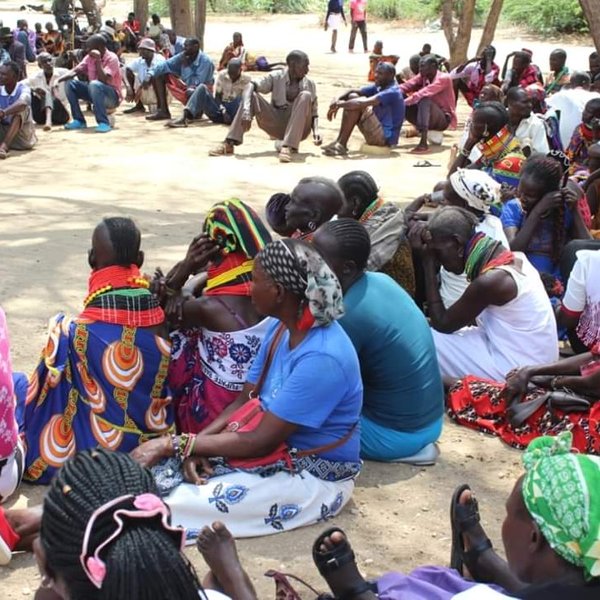LANDex in Kenya: Data for Better Land Governance
- Posted
- Countries
- Kenya
- Commitments
-

Takeaway from the LANDex training conducted by International Land Coalition to ILC members in Kenya.
This article was written by Winny Chepkemoi and originally published here.
Introduction
LANDex is a global land governance index that puts people at the centre of land data, democratizing land monitoring and building a data ecosystem where all voices can be heard. Built in consultation with members and strategic partners of ILC, LANDex is based on common people-centered indicators and methodologies, giving a platform to the individuals and communities often absent in official numbers.
Organized around ILC’s 10 Commitments, the Global Land Governance Index measures progress towards people-centred land governance (PCLG) on three levels: the legal framework, implementation and outcome or impact. In addition, standardized LANDex indicators allow members to generate globally comparable data and contribute to the monitoring of the Sustainable Development Goals (SDGs) and the Voluntary Guidelines for Tenure (VGGTs).
About the training
On June 4th 2020,ILC convened about 10 organizations who are also part of non-state land actors consortium in Kenya to learn and explore LANDex.Having described it above,it gave the members an opportunity to learn ,share and adopt new ways of mainstreaming data in their advocacy strategies to better Land Governance in Kenya.
The training was timely,at a point where the use of data has been adopted to drive land reforms in Kenya.While that is happening even in the midst of COVID-19 ,consolidating the efforts calls for a monitoring mechanism offered by LANDex and a wider platform that compares data from similar actors in the world. Both the state and non-state actors.
LANDex in our Context
At Kenya Land Alliance, we are guided by one of the strategic objectives to champion knowledge and data driven interventions in the sector.As a result,we have carried out several data analyses and audits as a means of telling the story and the space for women's land and property rights. The LANDex training complemented what members are working towards.
Take for example, the gender audit on Land titling in Kenya responds to LANDex indicator 1B that provides for women and men with legally recognized documentation or secure rights to and and desegregated by type of tenure.A report that has also contributed to several Land sector policy processes in Kenya. For us, the platform provides an opportunity to compare the different dynamics from the other parts of the world and how we can replicate the best practices in different contexts.
The training also comes at a point where non-state actors are seeking to understand the direct implementation of land-related human rights mandates, via a specific focus on women’s and girl’s land rights. The right to land is related to rights provided under the following two major treaties: 1) Covenant on Economic, Social and Cultural Rights (CESCR): rights to food, housing, and an adequate standard of living; 2) Convention to Eliminate All Discrimination Against Women (CEDAW): women’s rights to equal treatment with regard to land and agrarian reform, and to equal legal personhood,other frameworks include SDGs abd VGGTs.
The effort seeks to identify progress and challenges in implementing these treaties to support realization of women’s land rights as provided for by the full body of international laws and standards. Against the context, LANDex will provide a platform to link our initiatives at the grassroots level to larger frameworks globally.
While this is a beginning for us to embrace the platform in our different areas of work and use data to give a voice to the voiceless,we hope that LANDex will not only empower the ILC members but that the benefit narrows down to the community level,the people that better land governance would benefit them.
